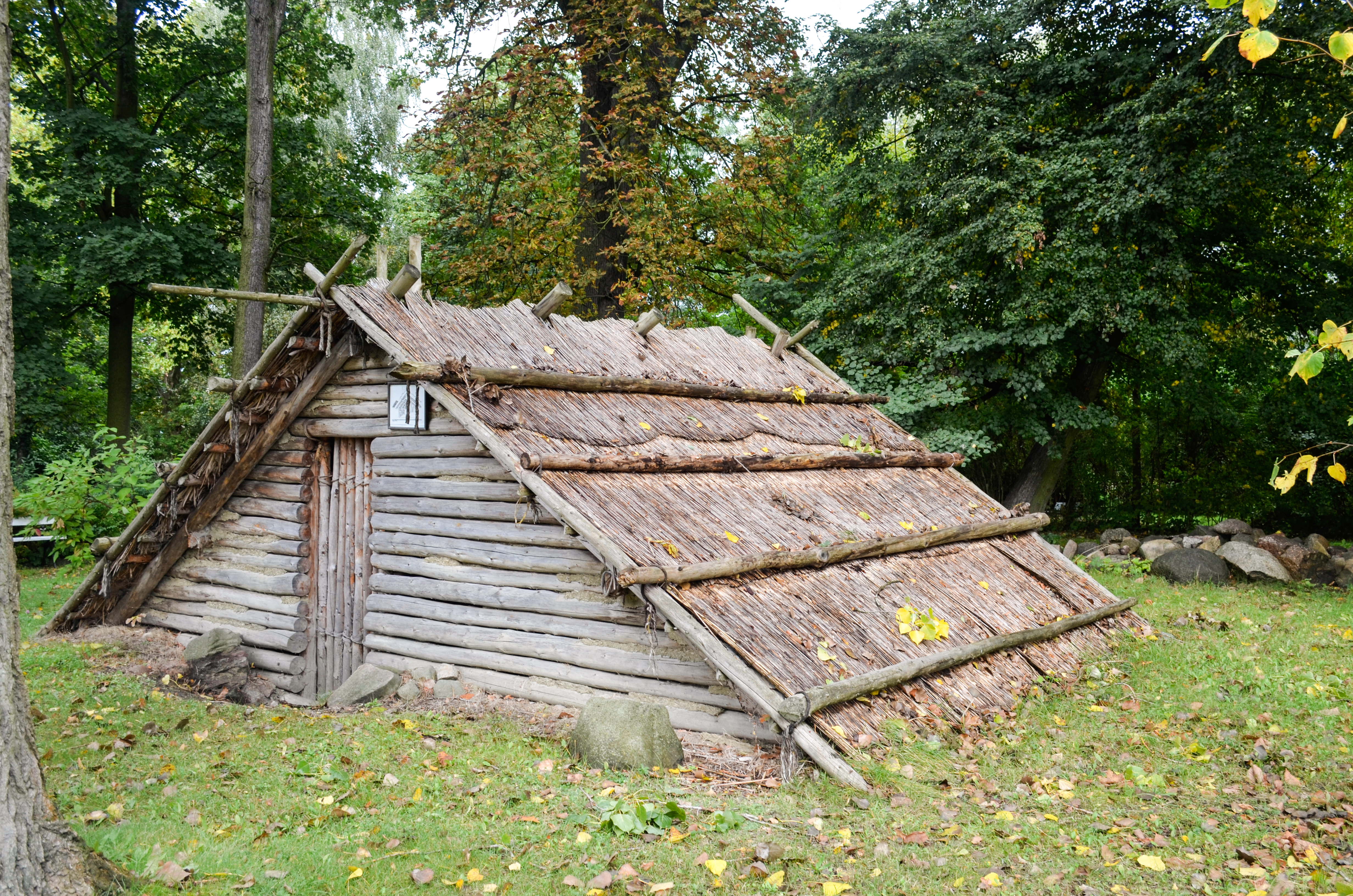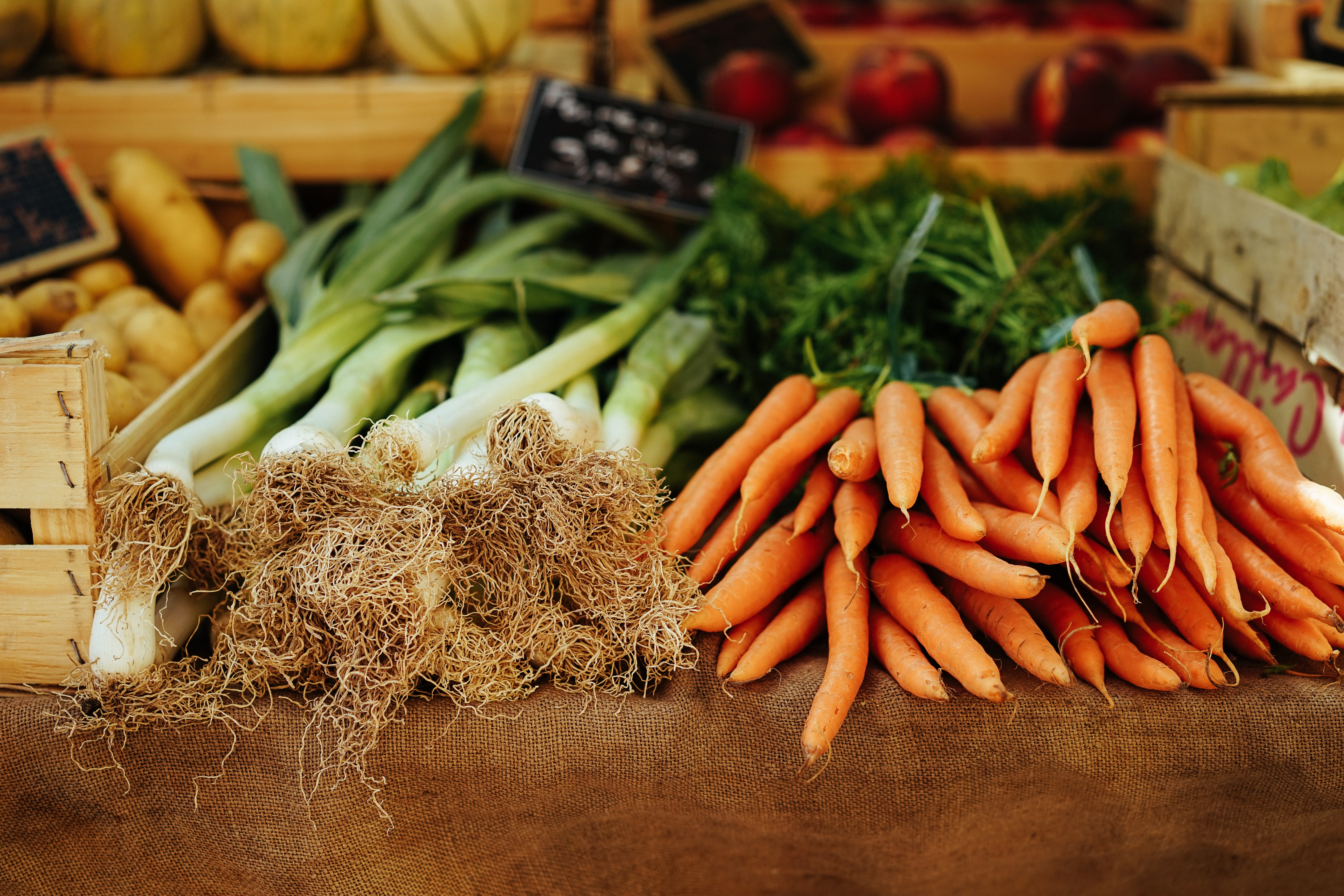
Regular refrigerators have a limited capacity and use a lot of electricity. If you want to save money and earn extra room for preserves, build your own fridge. In the ground.
The first civilizational constructions often took the form of earthworks – from the Amazon Forest to the Mazovian lowlands, various peoples built mounds and banks, dug holes, canals, and even artificial water reservoirs. Known in the tradition of the Slavic tribes, dugouts – traces of which were found in some settlements – were initially used as simple and rather austere shelters, and were especially unattractive from a residential point of view. Usually, there was a place to sleep and a stove or a fireside in the room, and in the summers only nights were spent there. Soon, their role was limited to the function it best performed – a simple refrigerator, or a root cellar, and in this form it survived until the 20th century.
The first electric household refrigerators went on sale – at exorbitant prices – as early as 1913 in Chicago, but mass sales did not begin until the end of the 1920s, when the Swedish Electrolux released a cheaper model of absorption refrigerator. In Poland, however, naturally cooled cellars and pantries were common until the times of the communist Polish People’s Republic. In a fantastic guide entitled Śpiżarnia i zapasy zimowe [Pantry and Winter Supplies] published in 1925, Marta Norkowska takes the reader through recipes for fruit conserves and preserves, compotes, syrups and jellies, vegetable marinades, but also wines and stronger “alcoholic beverages, prepared with spirits and sugar, water and various aromatic additions.” She describes the processes of drying and candying, storing meat, cheese and milk, presenting the equipment and utensils necessary for the preparation of supplies, and – most importantly – appropriate storage, thanks to which they will be able to survive long months in the cool basement. The last chapter even contains a calendar of the most important tasks to be performed in the vegetable plot.
All these delicacies would never fit in a typical-size refrigerator, which, at any rate, consumes a lot of electricity. A root cellar, however – when deep enough, e.g. two metres – is perfect for food storage. The deeper the cellar, the more the annual amplitude of the ground temperature flattens, and in turn the room does not overheat.
Building your own root cellar is not difficult, as long as you have a garden, of course. Choosing the right location is important – it should be in a shaded area, but not in the immediate vicinity of trees whose roots could damage the walls of the cellar. The entrance should face the north, and the ventilation slots, the east. In the entrance area, there should be a small antechamber with a door leading to the main room, which will help maintain a constant temperature inside it (5–8°C). The design and size of the root cellar depends on our preferences and means – an arched vault is often put in place to add charm to the cellar. Regardless of which construction materials you choose, the structure should be covered with a thick layer of earth (around one metre). Thanks to this, the cellar will look like a small hill from the outside, adding splendour to the flat plain of any garden or allotment. A note for the lazy: there are prefabricated concrete root cellars available for sale, ready to be placed in a trench and covered with soil.
We are beginning to understand the environmental and social importance of our consumption choices, including food choices. We appreciate seasonality and local products, and often independent production (baking our own bread has become extremely popular). In the spirit of returning to high-quality, ecological food, all pickles, preserves and compotes that are placed in jars on the shelf of our root cellar will provide a healthy and delicious diet all year round!
Translated from the Polish by Joanna Figiel








